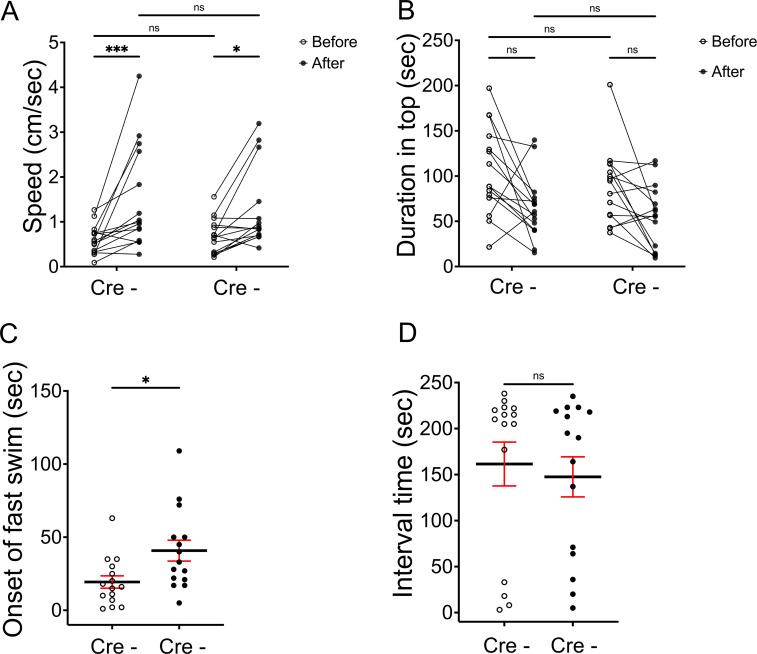Figure 3—figure supplement 4. Aversive response to alarm substance is intact in BoTxBLC-GFP juvenile fish.
(A) Swimming speed for 1 min before and after addition of alarm substance by Tg(lratd2a:QF2), Tg(QUAS:loxP-mCherry-loxP-BoTxBLC-GFP) 5–7 week old juveniles with or without Tg(slc5a7a:Cre). In the absence of Cre, swimming speed was 0.6 ± 0.083 cm/s before and 1.476 ± 0.295 cm/s after and, in the presence of Cre, 0.681 ± 0.10 cm/s before and 1.251 ± 0.229 cm/s after the addition of alarm substance. Two-way ANOVA reveals significant effects of time [F(1, 14) = 14.46, p = 0.0019], but no effect of group [F(1,14) = 0.141] and interaction [F(1,14) = 1.656]. Post-hoc analysis by Bonferroni’s multiple comparisons. (B) Duration in the upper half of the test tank prior to and after addition of alarm substance for Cre- adults was 105.96 ± 12.96 s and 64.89 ± 3.34 s, and for Cre+ adults was 88.57 ± 10.78 s and 55.26 ± 9.2 s. Two-way ANOVA reveals significant effects of time [F(1, 14) = 18.21, p = 0.0008], but no effect of group [F(1,14) = 3.426] and interaction [F(1,14) = 0.1316]. Post-hoc analysis by Bonferroni’s multiple comparisons. (C) The onset of fast swimming after application of alarm substance was observed at 19.33 ± 4.27 s for Cre- and at 40.8 ± 7.12 s for Cre+ fish [p = 0.015, unpaired t-test]. (D) Time interval between increased swimming speed and freezing behavior for Cre- (161.5 ± 23.8. s) and for Cre+ (147.5 ± 21.79 s) [p = 0.669, unpaired t-test], n = 15 fish for each group. Numbers represent the mean ± SEM. *p < 0.05; **p < 0.01; ***p < 0.001; ns, not significant (p > 0.05).

